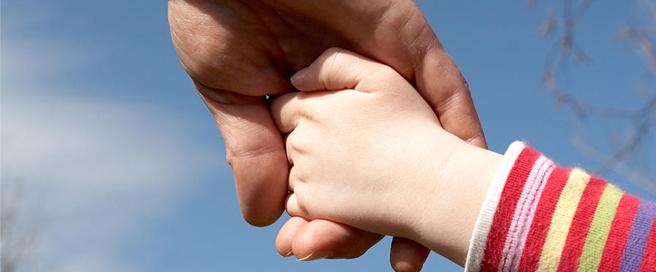Making Sense of Senseless Events

December 4th, 2012
by Christine Hazelett, ATR-BC, LCPC
ITA Practice Manager and Art Therapist
In the wake of the horrific school shooting in Connecticut, many parents are wondering how, and whether, they should talk to their children.
6 Things you CAN do
1. Wait to talk about an event/experience until your child brings it up.
The younger the child, the more this is true. Young children may not even be aware that something scary happened and there is no reason to bring it into their world unless it has a direct impact on them or until they begin to wonder, ask questions or express feelings about it.
2. Answer questions clearly and directly.
It’s difficult to know what to say to your child when you, as a parent, are overwhelmed or scared by something too. You might want to avoid or change the subject when your kids ask questions. Please don’t. It’s ok for your kids to know that you have strong feelings too. It will actually help them to see you model safe emotional expression. Things will feel even scarier to them if questions are left unanswered or, worse, if they don’t feel like they can ask questions. Imagination takes over and may lead your child to a much scarier place or a much scarier outcome than is realistic. There are no absolute right or wrong answers. Do your best and keep it simple.
3. Reassurance is important, your kids will need it and so will you.
Answers like “we are ok” or “it happened far away” will be helpful to bring back a sense of immediate safety, but emotional responses are important too and deserve empathy. Your child might need you to help him/her name his/her feelings. The younger the child, the more true this is. You might say, “I understand you might feel ______________ (worried, scared, sad, etc.). Me, too. Sometimes scary things happen and it’s difficult to understand.”
4. Provide opportunities to express thoughts and feelings.
When events are sudden, frightening and inexplicable words might not be the best way to express the associated feelings/responses. In fact, responses to trauma and tragedy will most definitely be sensory. It might help to offer your children the opportunity to draw, paint, play with clay or playdoh, and join them in the creative process. Keep this open ended by saying something like, “Let’s see if we can draw a picture together. Can you show me what ____________ (scared, sad, worried, angry, lonely, etc.) looks like to you?” Other options for non-verbal methods of processing emotional experiences might be: “Show me what ____________________(sad, angry, worried, scared, etc.) looks like by moving your body and your face” then mirror their response back to them to show them what it looks like. Show them ways they might be able to move their bodies to release some of the big feelings (stomping feet, clapping hands, running or doing jumping jacks, squeezing a pillow or favorite plushy, wrapping up in a cozy blanket, giving a hug). Practice the movement with them. Use books or favorite storybook characters to tell a story about the event or emotions offering various outcomes or interactions to help your child make some sense of what they are experiencing.
5. Normalize emotional responses.
Don’t assume that you know how your child feels. Get really curious about their experience and ask lots of questions. In processing images they might create or other non-verbal forms of expression (facial expression, uncommon act of aggression, body tension, posture changes, etc.) notice the changes in them or specific aspects of their images. You might ask “I noticed you are frowning. Are you concentrating really hard or are you feeling _______________________(sad, angry, etc.).” or “Wow, you’re really mad about something. Hitting hurts. Are you feeling _____________ (scared, sad, angry, etc.)? Does that hurt, too?” Remember that there are no “good” or “bad” feelings and any feelings your children might be having are “normal” and just fine. The same goes for your own feelings.
6. Trust your instincts.
No one knows your children better than you do. If something doesn’t seem to be working, or doesn’t feel right, you don’t need to do it. Hug your kids! It will comfort both of you.
